We know that women in the United States were not granted the right to vote in elections until 1920 when the 19th Amendment to the Constitution went into effect, however there were many other restrictions forced on women living a century ago. It was kind of a domino effect. Since women couldn’t vote, they couldn’t work on legislation to lift these restrictions.
Today, women are used to being able to do all the things their male counterparts can do. Reading through this list of 13 things that women of the past couldn’t legally do will give everyone – men and women – an appreciation of just how far American women have come.
1. Dine Alone in a Restaurant
In the 1800s, a woman was not permitted to dine alone in a restaurant or even with a group of other women. Restaurant owners simply wouldn’t allow this, they claimed, for the safety and comfort of proper, respectable ladies. A woman dining alone would be the target of unwanted stares and forward comments by the male patrons.
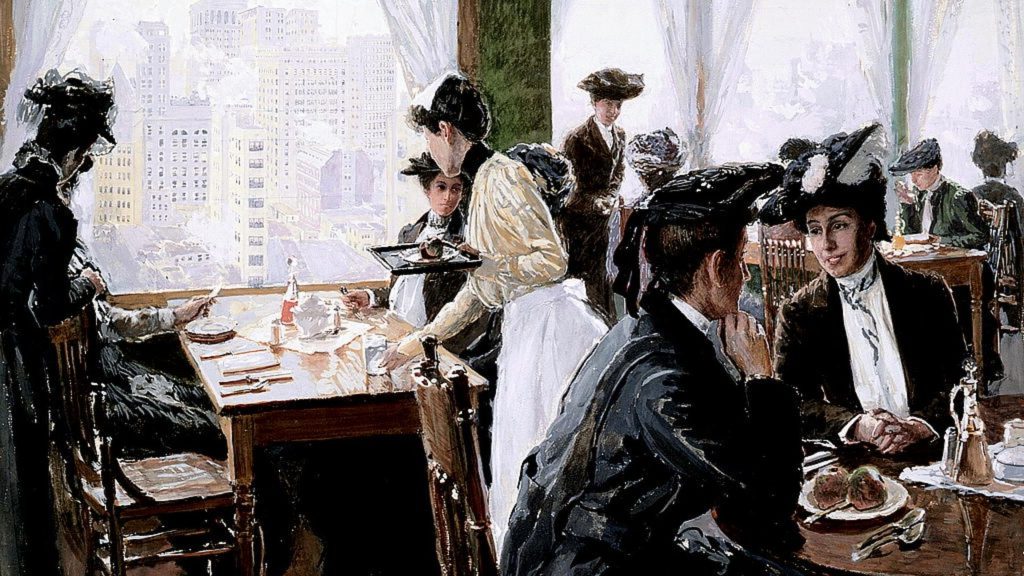
On November 2, 1833, a savvy restaurant owner in Boston opened the first “ladies’ ordinary” – a safe dining option for a woman traveling alone or running errands in town. Ladies’ ordinaries were common for the next hundred years because no well-respected lady would be so bold as to try to order lunch without a male escort.
2. Open a Bank Account
In the 1960s, women earned the right to open their own bank accounts, but banks could still refuse their business. It was not uncommon for banks to require written permission from a woman’s husband before she could set up a bank account in her own name.
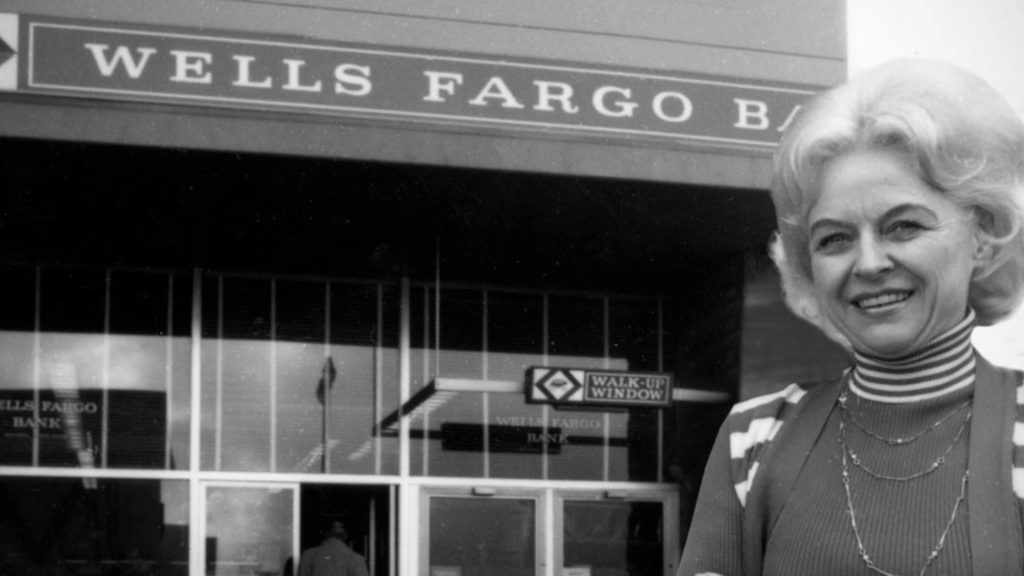
An unmarried woman could be turned away or asked to bring her father in to sign for her. The Equal Credit Opportunity Act was passed in 1974 and granted women the right to have their own bank accounts. More significantly, it prohibited banks from discriminating based on gender and marital status.
3. Have Access to Safe, Effective Birth Control
Women have had their own reasons for preventing pregnancy and controlling the number of children they had for centuries. The Pill, the most effective and safe form of birth control, was approved for use in 1960.
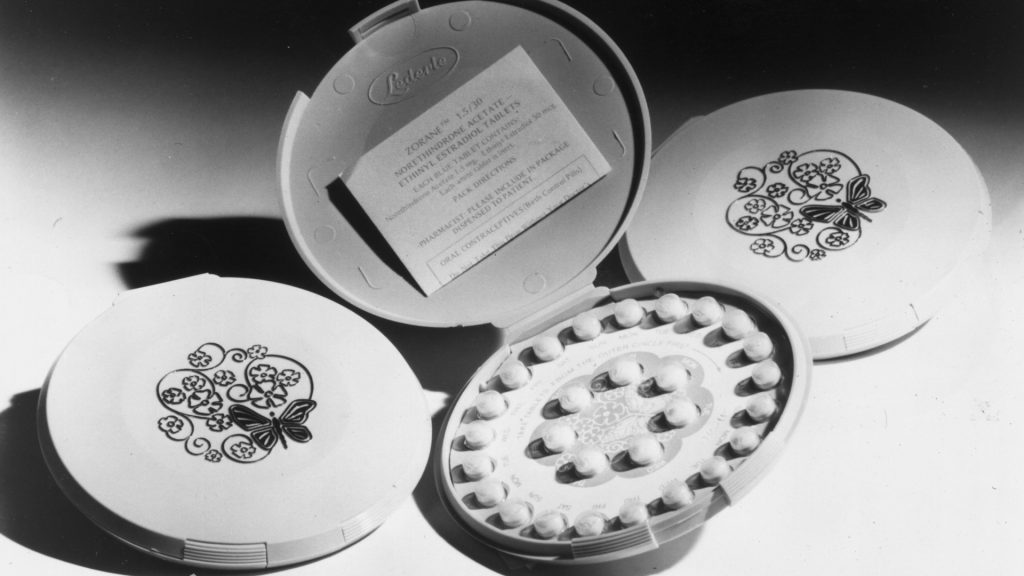
There were birth control options that women could use prior to 1960, however, these devices were, for the most part, available only through men. An early advocate for birth control and reproductive rights for women was Margaret Sanger. Sanger was jailed in 1916 for opening America’s first birth control clinic.
4. Wear Trousers
Believe it or not, several U.S. states have laws that forbade women from wearing pants. And these laws remained on the books until the early 1900s. Even if the wording of the laws didn’t outright ban pants wearing for women, they had a blanket statement prohibiting women from dressing like men. Wearing pants fell under that restriction.
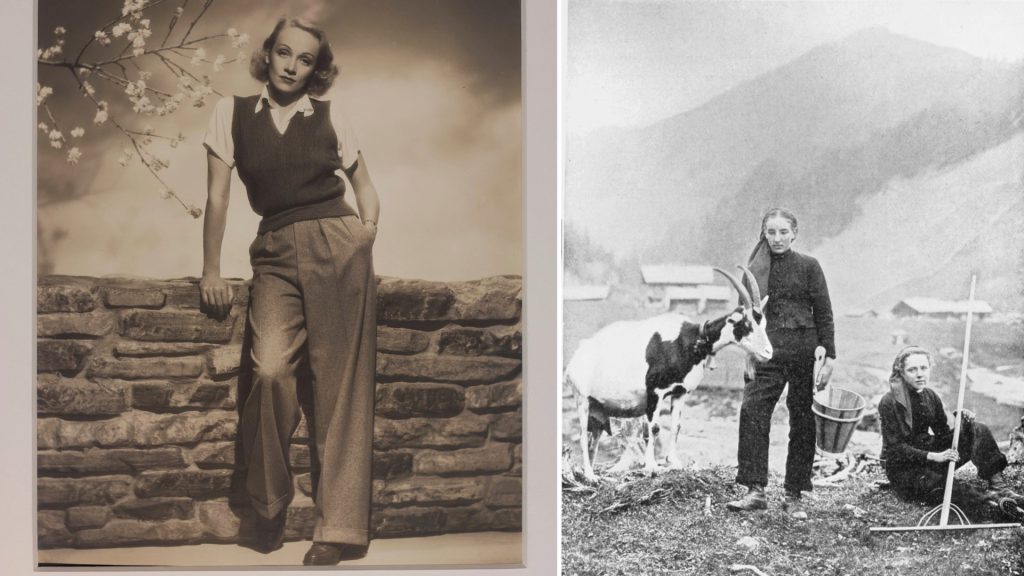
Even in places where there were no laws about forbidding women from wearing pants, it was not socially acceptable for women to don trousers. Thanks to fashion designers like Coco Chanel and Hollywood stars like Marlene Dietrich, pants slowly worked their way into women’s everyday fashions.
5. Keep Their Maiden Names
In the past, the widely held belief was that women did not have their own identities. Girls and young women were the ‘property’ of their fathers until they were married, and their husbands took control over them. This transfer of ‘ownership’ was demonstrated by the act of a woman changing her last name from her birth name to her husband’s name.

Until the mid-1970s, it was against the law in many states for a woman to keep her maiden name after her marriage. She faced fines for refusing to change her name. She could be banned from voting or getting a passport. Her employer could hold her paycheck. By 1976, when Hawaii lifted its mandate that women accept their husbands’ surnames, all American women could legally retain their maiden names if they so desired.
6. Smoke in Public Places
Cigarette smoking in public, in general, is on the decline these days, but a hundred years ago, public smoking was commonplace … at least, for men. It was frowned upon for women to smoke in public. In fact, it was a sign of loose morals and bad breeding.
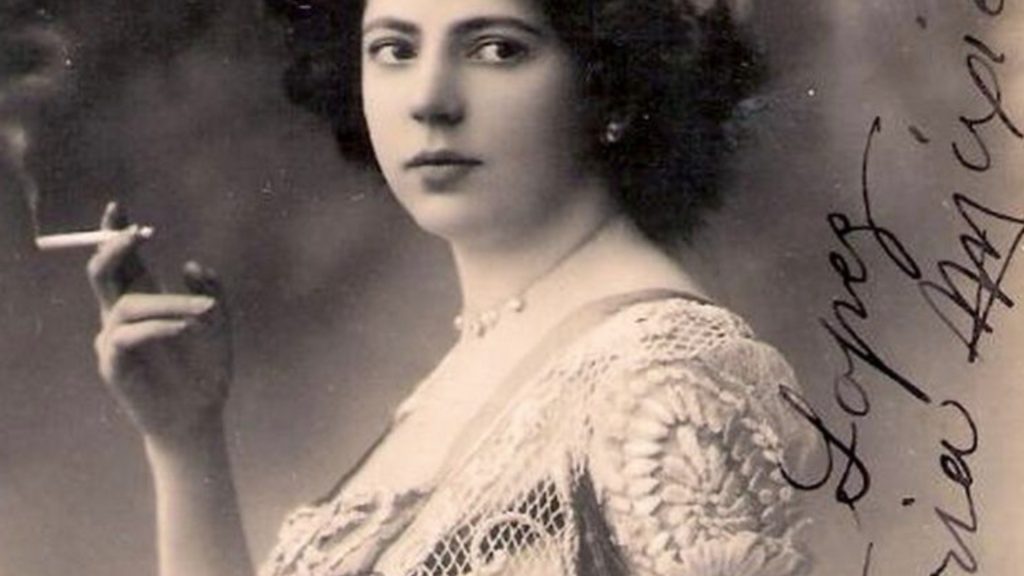
In 1908, a law was passed in New York City prohibiting women from smoking in public. The city’s mayor buckled under public pressure and repealed the law a few weeks later, but it gave other cities the idea. Many of them also enacted legislation that prevented women from lighting up outside her home.
7. Go Shopping without a Chaperone
Throughout the 19th century, society expected all women to be appropriately chaperoned when they were in public. The chaperone, of course, had to be a man, either the woman’s husband, father, or brother. That means if a woman wanted to shop for personal items, she had to do so with a man overseeing her purchases.
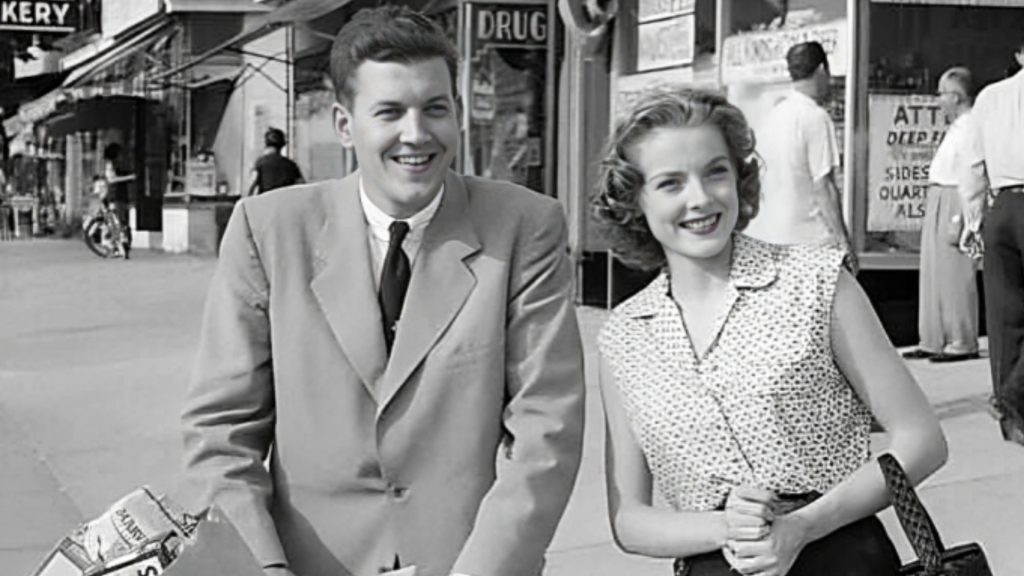
In the late 1800s, the strict restriction on women’s activities in public started to ease. A new retail idea … the department store … offered women a place where they could purchase all the items they needed in one place, without having to go out into the streets. Department stores provided a safe, female-friendly shopping experience that women could enjoy without a male chaperone.
8. Participate in the Olympic Games
Society wanted women to be fit and trim, but not athletic. One hundred years ago, there was worry that a girl who competed in a sport was ignoring her femininity and putting her child-bearing ability at risk. In fact, when the Modern Olympics began, all the participants were men.
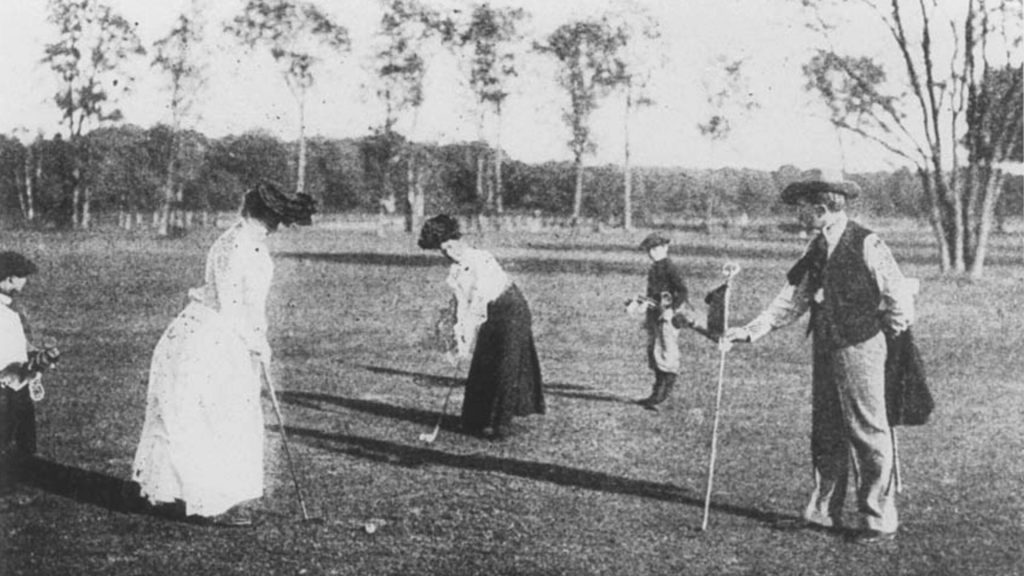
By the 1900 games, female athletes could compete at the Olympics, but very few did. That’s because there were only a handful of sports open to them. Nonetheless, the first female Olympians paced the way for all the great women athletes to come, including the incredible Simone Biles.
9. Have Their Own Passport
Unmarried women were issued their own passports, but not married women. A married woman was given a joint passport with her husband because it was assumed that a married lady would never travel abroad without her husband. This practice also fell in line with the common belief that a woman did not have her own identity … that she was an extension of her husband.
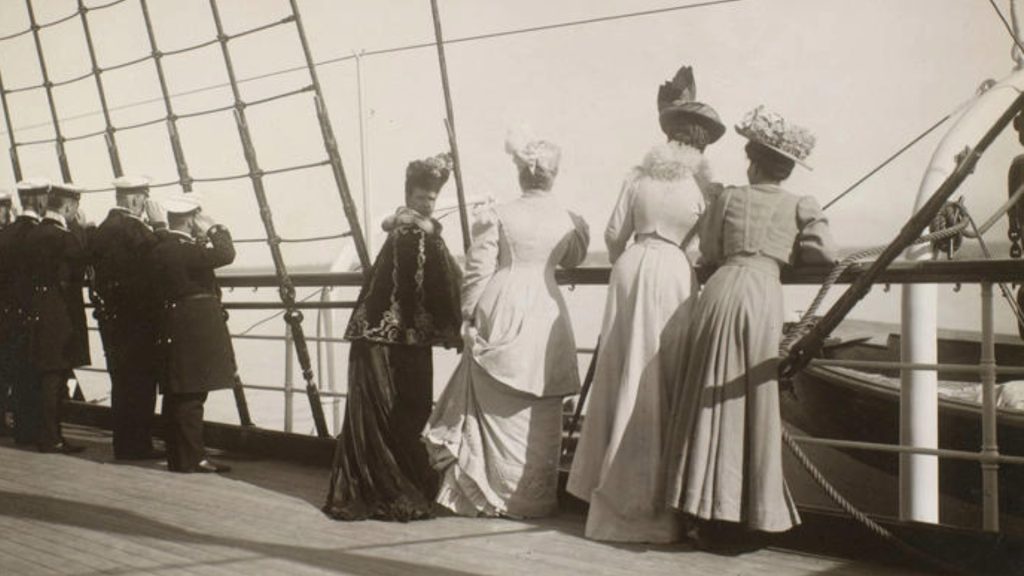
When Ruth Hale petitioned the courts to get her own passport, the public was shocked. But it prompted other women to seek their own travel documents. By 1937, passport laws changed.
10. Be a Member of a Jury
Under the Constitution, a defendant had the right to be tried by a jury of their peers, but for much of U.S. history, a jury of one’s peers meant an all-male jury. In fact, the Supreme Court upheld the male-only jury pool mandate in 1879. Nearly two decades later, Utah became the first state to allow women to sit on juries.
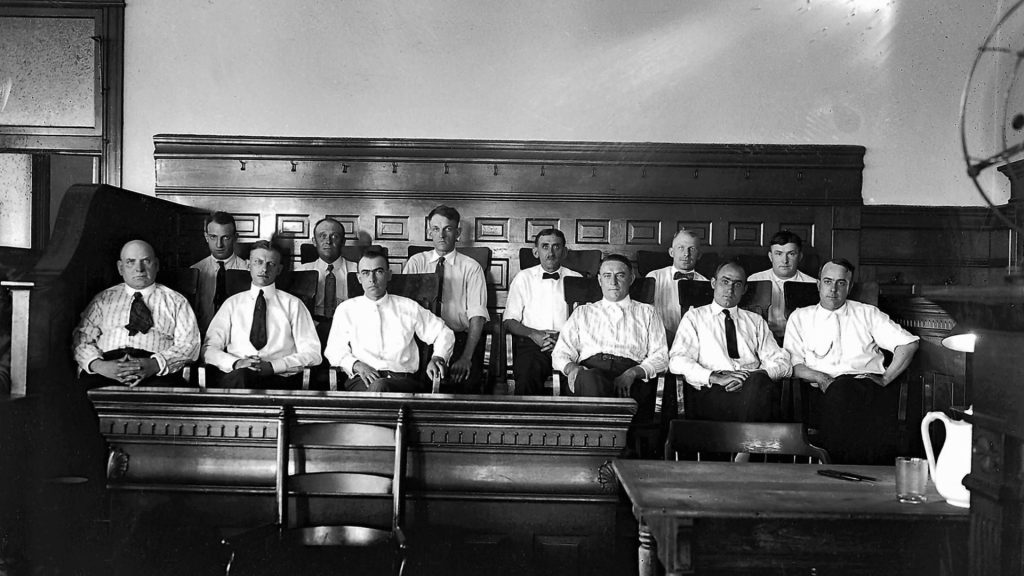
The rest of the states were slow to catch on. Only 19 states permitted women to serve as jurors by 1927. In 1961, however, the Supreme Court found that Florida’s law exempting females from jury duty was unconstitutional. After that, the jury pool was open to men and women.
11. Being a Married Women Who Owned Property
Remember the whole “women belonged to their husbands” mentality that was prevalent throughout the 1800s and into the early 1900s? Because of this, any property that a woman owned prior to her marriage automatically transferred to her husband’s ownership as soon as she said, “I do.”
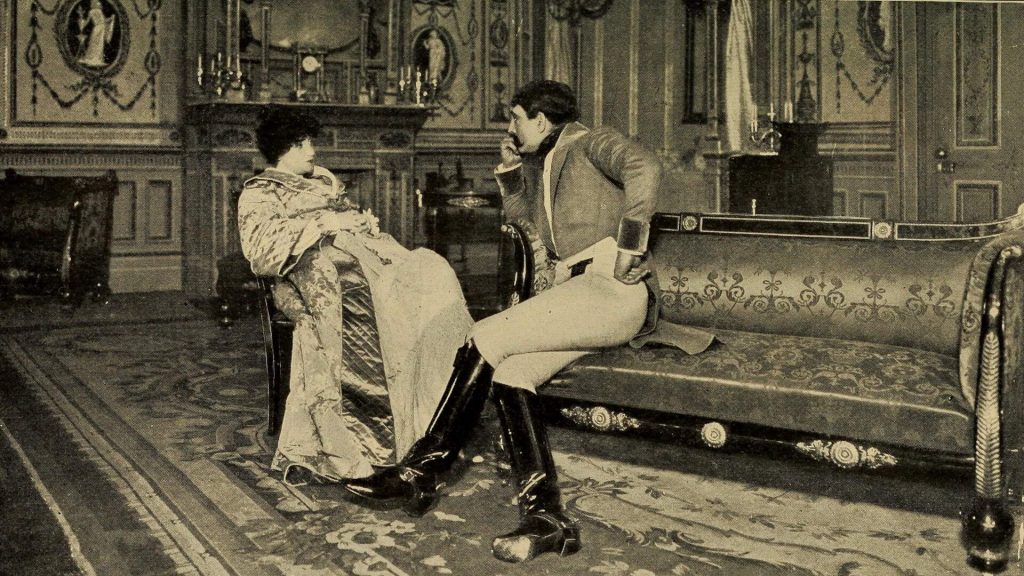
The Married Women’s Property Act of 1848 stated that a wife had just as much right to own property as an unmarried woman. This was a revolutionary concept at the time. By 1900, all U.S. states had this law on the books, but many wives still hesitated to defy their husbands when it came to property ownership.
12. Serve in the Military
During wartimes, women were often called upon to assist, serving as nurses and cooks when needed. But these were either civilian jobs or volunteer positions. The U.S. military did not allow women to join its ranks as active members.
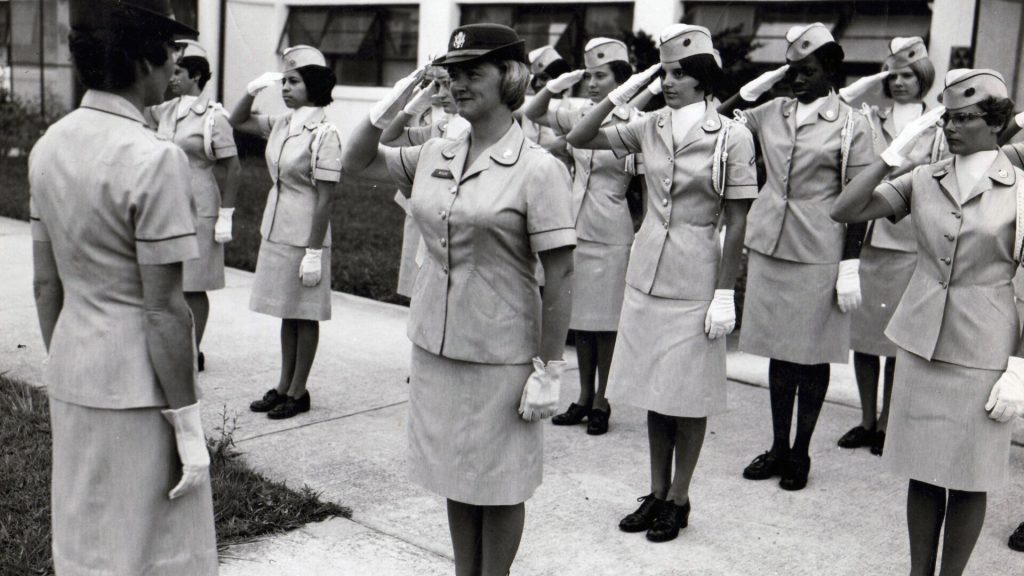
During World War II, however, the military desperately needed help. It called upon women to serve in noncombat positions. The Women’s Army Corps, called WAC, was established in 1948. WAC members were true active military members who earned benefits, were stationed overseas, and earned ranks.
13. File for Divorce
In the United States, divorce laws vary by state to state. Many years ago, those laws did not favor women. In some states, women could not initiate divorce proceedings. Others have rules and perimeters in place to prevent women from seeking a divorce on a whim … because that’s what men thought would happen.
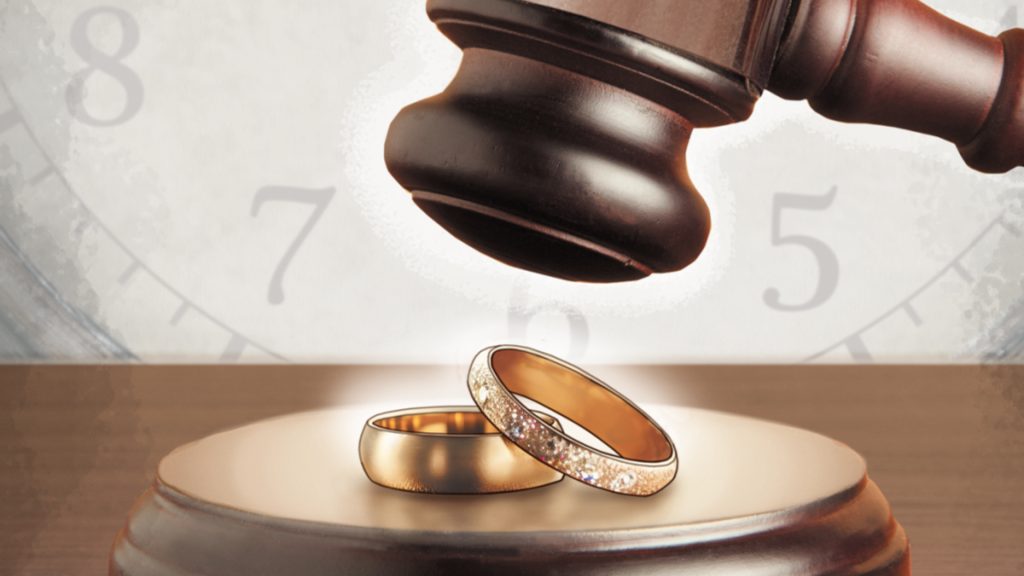
Sadly, divorce laws of the past did little to protect women living in domestic violence situations, in part because the laws did not recognize spousal abuse as a criminal act. Each state actually had rules in place stating how many times a man could beat his wife before she could legally file to end her marriage.






